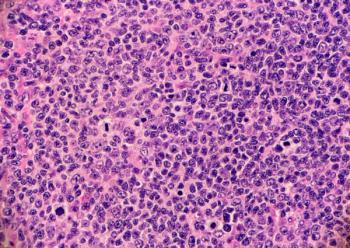
Sponsors Leery of Joint Inspections
Inspections of clinical sites and sponsor monitoring operations are costly and time-consuming for biopharmaceutical companies and research organizations, especially when the goal is to gain market approval of a new drug in multiple regions. To reduce duplicative inspections and streamline the regulatory process, the Food and Drug Administration and the European Medicines Agency (EMA) have established a program to share inspection plans and reports with an eye to harmonizing inspection practices through joint inspections of key sites.
The FDA-EMA pilot good clinical practices (GCP) initiative, which ran from 2009 to 2011, supported 7 joint inspections of sponsors and clinical sites related to 3 different applications and now is expanding -- despite mixed results for the agencies as well as sponsors. A report on the pilot issued in 2011 acknowledges that organizing joint inspections is time-consuming, that the intent to set a “lead inspector” from the host country is not always feasible, and that close-out processes and follow-up after an inspection often were carried out quite differently.
Sponsors and research experts similarly cite a number of differences in how FDA and EMA inspectors operate. For one thing EMA inspectors come from various member states, speak different languages, and often are competitive about “who can be more picky,” commented consultant Paul Strickland, former inspections & intelligence director at Amgen UK. Strickland noted at the Proactive GCP Compliance conference in April, sponsored by ExL Pharma, that FDA normally sends one or two inspectors on an international assignment, while the EMA team might number four or more. And EMA inspectors usually specialize in clinical trials, while FDA agents tend to be generalists, with experience in a range of products and operations.
Collaborative FDA-EMA inspections “should be good in the future,” Strickland commented, but now we see “mixed results.” Sometimes the two teams work together, but often they follow two parallel processes, which can be “a nightmare,” he commented. The sponsor then has to form two teams to work with the competing inspectors, and ends up with a form 483 from FDA and a separate EMA inspection report.
Joint inspection can be “a real challenge,” said Larry Fiori, senior associate director for compliance & quality management at Boehringer Ingelheim. He recalled an inspection with two different inspection teams that operated out of two different rooms. And these inspections can be long and disruptive, added Sharon Reinhard, director of compliance operations & oversight at Endo Pharmaceuticals: site inspections usually took three or four days, but now can run three weeks, and “all business comes to a stop for a long time.” Some inspectors want to receive documents and contracts electronically, she noted, while others want paper.
Costs and fees also can raise tricky issues for sponsors. While FDA inspectors pay their own expenses, EU operatives usually expect the sponsor to foot the bill, especially for site visits outside Europe. This creates legal issues for companies seeking to comply with the U.S. Foreign Corrupt Practices Act, which bans payments for entertainment and meals to any government employee.
Even though joint FDA-EMA GCP inspections are supposed to facilitate application approvals in both regions, Strickland advised pharma companies to decline the process for now. The program may get better once the inspectors really do trust each other, he said, but finds that increased competition among inspections currently complicates the picture. The key to a successful inspection, Fiori added, is for sponsors to focus on demonstrating what they have done to comply with requirements. And if the inspectors find problems, “use that for your process improvement,” Strickland advised. “Get something positive out of it.”
Newsletter
Stay current in clinical research with Applied Clinical Trials, providing expert insights, regulatory updates, and practical strategies for successful clinical trial design and execution.




